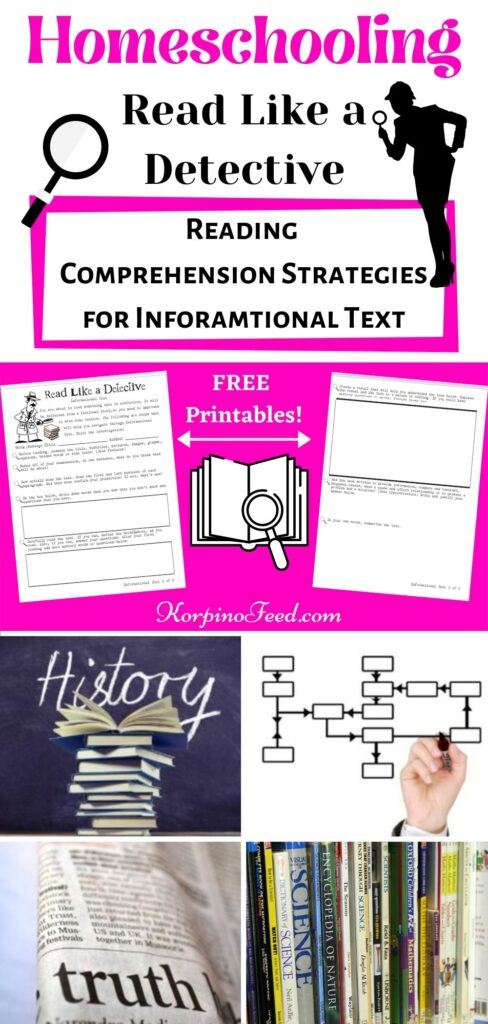More Homeschooling Tools
Teaching metacognition at home is a true gift that you can give your homeschooler. Metacognitive skills will be a benefit for every problem-solving situation, academic or through life’s challenges. When confronted with a task or a question, students naturally think about how to approach and complete the problem. Metacognitive skills can guide them through the process and solution with minimal added frustrations or challenges. Metacognition adds a level of independence and confidence for learners.
What is Metacognition?
Simply put, metacognition is the process of thinking about thinking. As mentioned, thinking is something that is natural, when faced with a problem. Thinking, of course, does not always lead to success. Thinking can come in many different forms and levels. If presented with an Algebra 2 problem, one can think, “I have no idea, how to do this.” Another student can look at it and think, “I got this!” Both are ways of thinking, but they will more than likely produce different results.
If you think about “thinking about thinking”, we are talking about self-awareness, self-reflection, self-assessment and self-regulation. Through metacognition, our thinking process takes a journey through a given situation. We think about what we know about the it. Are we equipped to come up with a viable solution? What do we need to be successfully, and while working, asking yourself, “am I doing this right?”
This type of thinking is tough for kids, but definitely not out of the question. The bright side is that they are already thinking, they just have to shift the way that they are doing it. So, the development of metacognitive habits will take explicit teaching and reinforcing. Most important, being a model of these habits will be crucial when teaching metacognition.

What is an Example of Metacognition?
When I consider a new D.I.Y. project, I like doing a “think aloud” with my wife. I try doing this while driving or during dinner so that the kids can hear my thoughts. Something this simple is teaching metacognition.
Self-Awareness
Far from a simple fix, the front, driver side wheel bearing currently needs to be replaced on my truck. This is most certainly a fix that I have never done before. Looking at the parts, how they work and after watching a number of videos of the process, conceptually it looks like this can be done. I have changed the brake pads on another vehicle, but I have yet to change the pads on my truck. The process looks so much easier than what I have done in the past. I have though, changed a flat tire on my truck.
Self-Reflection
When I changed the tire, I was able to use the provided jack to get the flat off of the ground. When changing the wheel bearing, I am going to need the truck lifted for a longer period of time and I will be applying more force than when changing a tire. I don’t feel comfortable just leaving it on the manufacturer provided jack. Without jack stands and perhaps a 3-ton hydraulic jack, I don’t feel comfortable doing this fix myself.
Self-Assessment
Luckily, I found out that our neighbor has a pair of jack stands and a 3-ton hydraulic jack for me to borrow. This was my biggest obstacle, planning out this project. Now that I have that covered, what is my next concern? Tool wise, I have everything that I need to remove the necessary parts and to replace the wheel bearing. I can get everything tightened, but I don’t have the torque wrench to ensure that the bolts are tightened to the recommended specs. This is a purchase that I will have to make beforehand.
Self-Regulation
The new wheel bearing has been purchased and now it is a waiting game. In the meantime, I cannot get too comfortable. I have to continue my research and make sure that there are no oversights. It is important to build confidence, but I still have to continue to assess the situation before, during and after the project to ensure safety.
The Benefit of Being Goal Oriented
Metacognition is does not always come naturally, but in my example, it is imperative because safety is a factor. The extent of our metacognition is going to depend on the goal that we are trying to attain. The depth of my metacognition when selecting the best clam shell of strawberries will differ from changing a wheel bearing. Although, keep in mind both consisted of using metacognitive skills. I definitely don’t want my or anyone else’s safety to be jeopardized and no one want to eat bland or rotten strawberries. With the wheel bearing, there is the goal of saving money as well.
So how do we get our kid(s) to be goal oriented with their schoolwork? You can easily start with extrinsic and then move into intrinsic rewards. Inevitably you want the learner to see that problems can be easier through metacognition. Correct solutions are not guaranteed through metacognition. Fortunately, mistakes add to the metacognitive thinking. The next time a problem comes around, we also use mistakes to our advantage. This way, the intrinsic reward becomes intrinsic motivation.

Teaching Metacognition at Home
At this point, you probably have some good ideas on how to get your child/children to be a more active thinker. I cannot stress enough the importance of the parents being constant models of expectations. Whether you know it or not, you are. Remember, be explicit. Think out loud with, “I am thinking that…” Also question yourself as you help solve or answer questions, “I wonder what would happen if I…” Model the type of thinking that helps you understand and solve problems.

As your child/children work through a challenging problem or assignment, strategically ask questions that serve as guides toward the solution. Questioning is a big part of metacognition. The foundation of self-reflection, assessment and regulation is questioning. Most important, ask for a justification, or how they know that they are right. Reflecting on the process is metacognition.
Lastly, make reflections a common practice with homeschooling. Journaling is perfect after each assignment, chapter of reading, field trip etc. Journals should reflect on the learning process, low points, high points, questions and connections to other learning. Reflections can also address a self-assessment and what they learned about themselves as learners. Reflections also can be a discussion through a lesson debrief or closure. Discussions should be more as a conversational, not a presentation of learning. Teaching metacognition at home will add to your homeschooler’s strategies for learning mastery.
Click to Read >> Math Metacognition
Click to Read >> Reading Informational Text
Click to Read >> Metacognition in Reading (Fiction)
Free Printables!
FREE Printable Resource Click to Download >> Think Like a Scientist
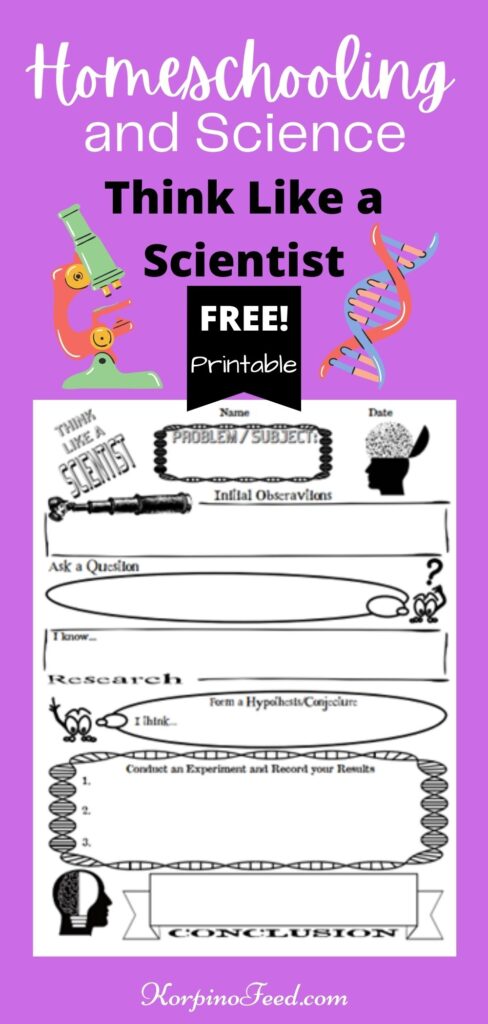
FREE Printable Resource Click to Download >> Metacognition and Non-fiction
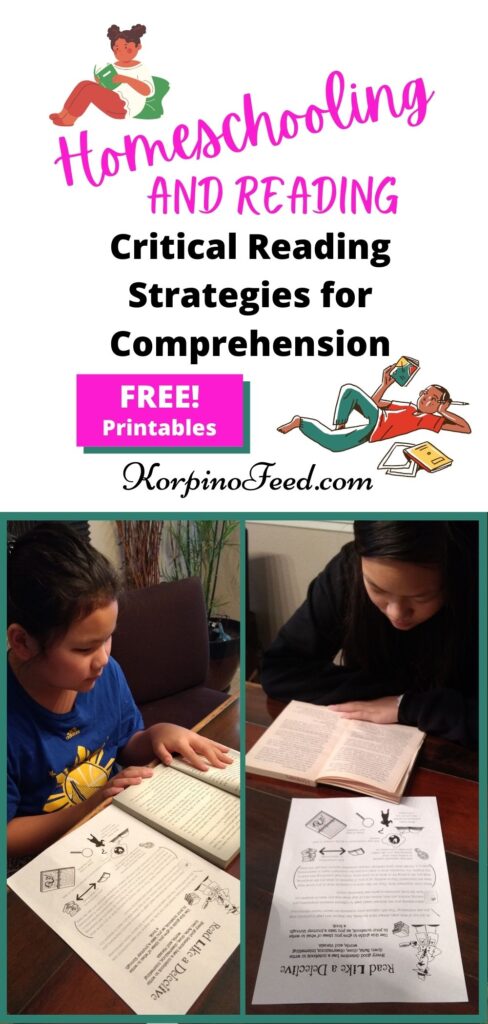
FREE Printable Resource Click to Download >> The Conflict Challenge
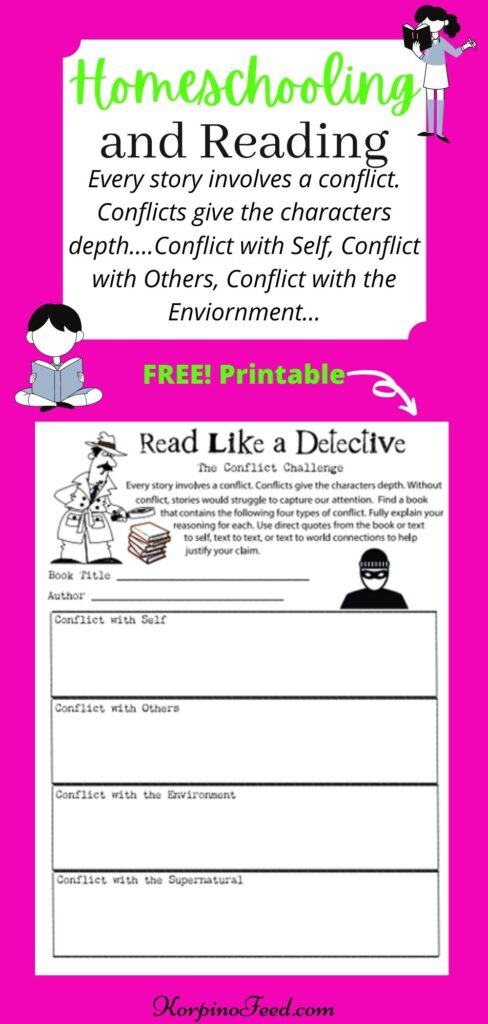
FREE Printable Resource Click to Download >> Making Connections

FREE Printable Resource Click to Download >> Book Report Form
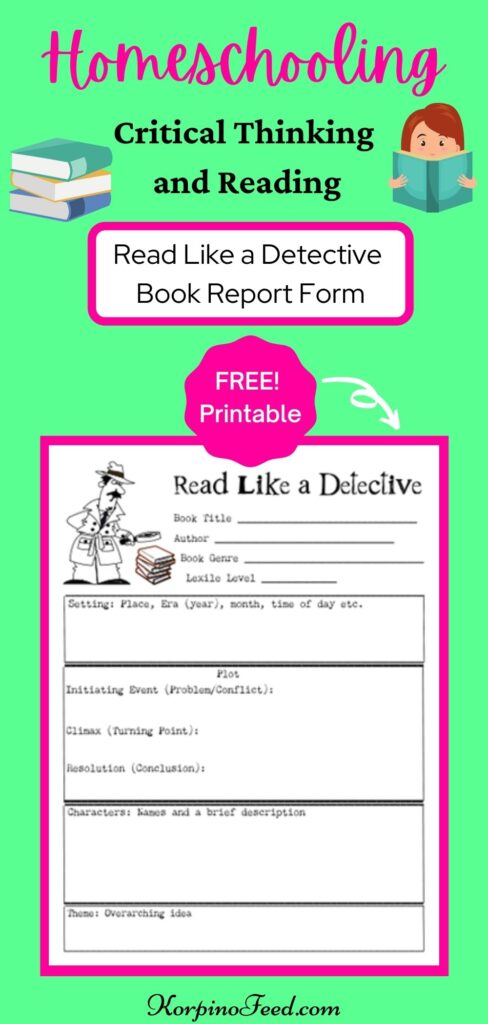
FREE Printable Resource Click to Download >> Informational Text
